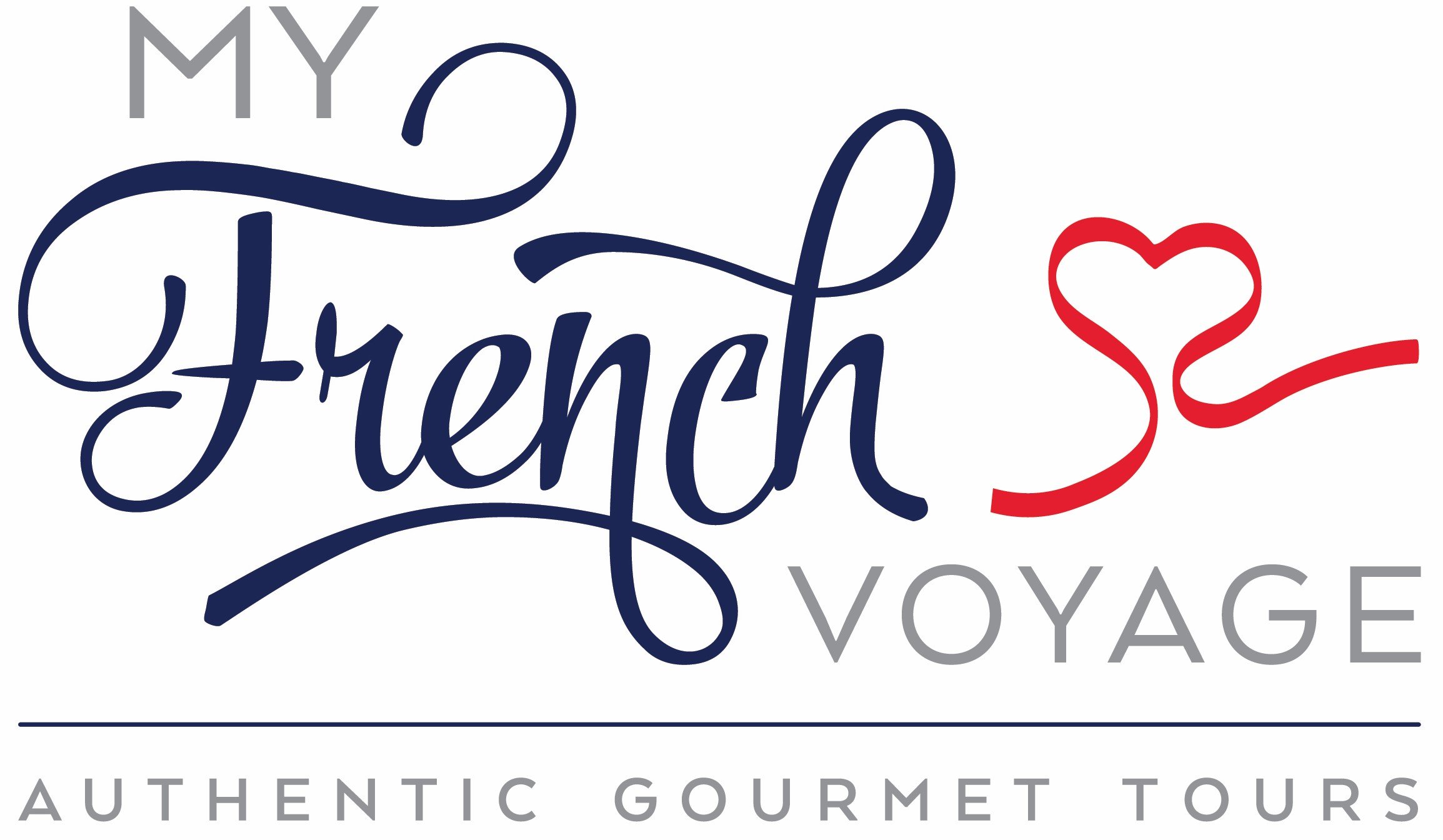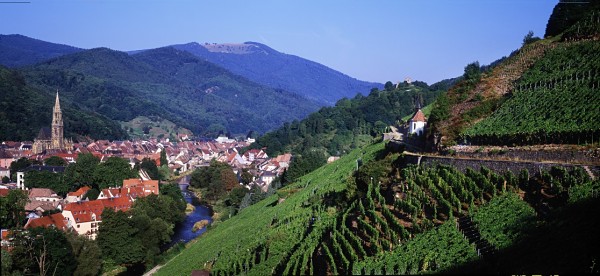Your guide to wine and gastronomy in Alsace
Your guide to wine and gastronomy in Alsace
The second in our blog series on the food and wine in each of our favourite French regions begins in the beautiful Alsace region
As the second smallest French region (after Corsica), Alsace is the third most popular tourist destination among foreign visitors in France (after Paris and the Côte d’Azur).
Nestled between the Vosges to the west and the Rhine to the east, Alsace is referred to as the “crossroads of Europe” in recognition of its position in the heart of Europe.
Alsace is synonymous with good times shared over a delicious meal.
Widely recognised for its wine and cuisine, its offerings never fail to delight foodies.
Highly regarded for its savoury and sweet dishes, Alsace cuisine boasts an array of flavours.
The Wine
The 170km Route des Vins (wine route), which traverses the fertile lands of Alsace, meanders through magnificent viticulture landscapes, where seven different varieties of grapes are grown.
This picturesque journey is interspersed with ancient castles and medieval villages.
This Alsatian wine route also provides magnificent views of the Rhine river valley and the Black Forest, as it ranges through the heights of the Vosges.
The region is renowned for its white wine and the Gewurztraminer vendanges tardives - more commonly known as late harvest wine – which pairs beautifully with Alsatian foie gras (pate).
The Food
Alsace food is best described as gastronomic family-style cuisine, infused with German culinary traditions.
The cuisine is renowned for its myriad of specialties.
The star dish of a typical Alsace restaurant (referred to as a Winstub) is sauerkraut, which rivals those in Strasbourg or Mulhouse.
This iconic meal is made from cabbage, various types of sausages, smoked bacon and potatoes, and is widely popular in Alsatian villages.
This hearty dish is best paired with a local Riesling.
Other traditional Alsatian specialties that are worth trying include, the flammekueche, which is a tart topped with a creamy quark cheese and thinly sliced bacon and onion, which is cooked in a wood fire oven.
Also make sure you sample the baeckeoffe, a meat and potato dish that is slow-cooked in a ceramic casserole dish.
Another must-try is the star of the Alsatian cheese platter, the munster. Pair this with a freshly baked pretzel and a local beer.
If you are more of a sweet tooth, you can’t go past Alsatian desserts, in particular their gingerbread or the Kouglof, a delicious raisin brioche.
During the festive season, locals prepare ‘bredele’, which is a small Christmas cake baked in many shapes and flavours, such as anise and lemon.
Each local community competes with another to create the most impressive variety.
Above all, Alsace is a region of good living, where hospitality flourishes in the hearts of its people, restaurants and its lodgings.
In Alsace, a singular sense of conviviality and warm welcome reign.
Want a taste of Alsace before you even leave home?
I have developed a recipe for you to try.
FRANCOIS’ SPAETZLE (RUSTIC NOODLES)
Plain flour 500g
Eggs 5
Water 400g
Salt 12g
Pinch of nutmeg
Directions
Mix the flour eggs & salt together (use your dough mixer with hand tools).
Slowly add the water until the dough is smooth, but not stiff.
(If large eggs are used then use a little less water).
Continue to blend the dough until it has enlarged in size.
Heat a large pot of salted water to boiling
Put batches of your dough in a colander with large hole and leave the spaetzle paste down into the boiling water.(the colander should not touch the water)
Complete the recipe bit by bit lifting the noodles out of the water when they float Keep noodles warm while you cook the rest.





